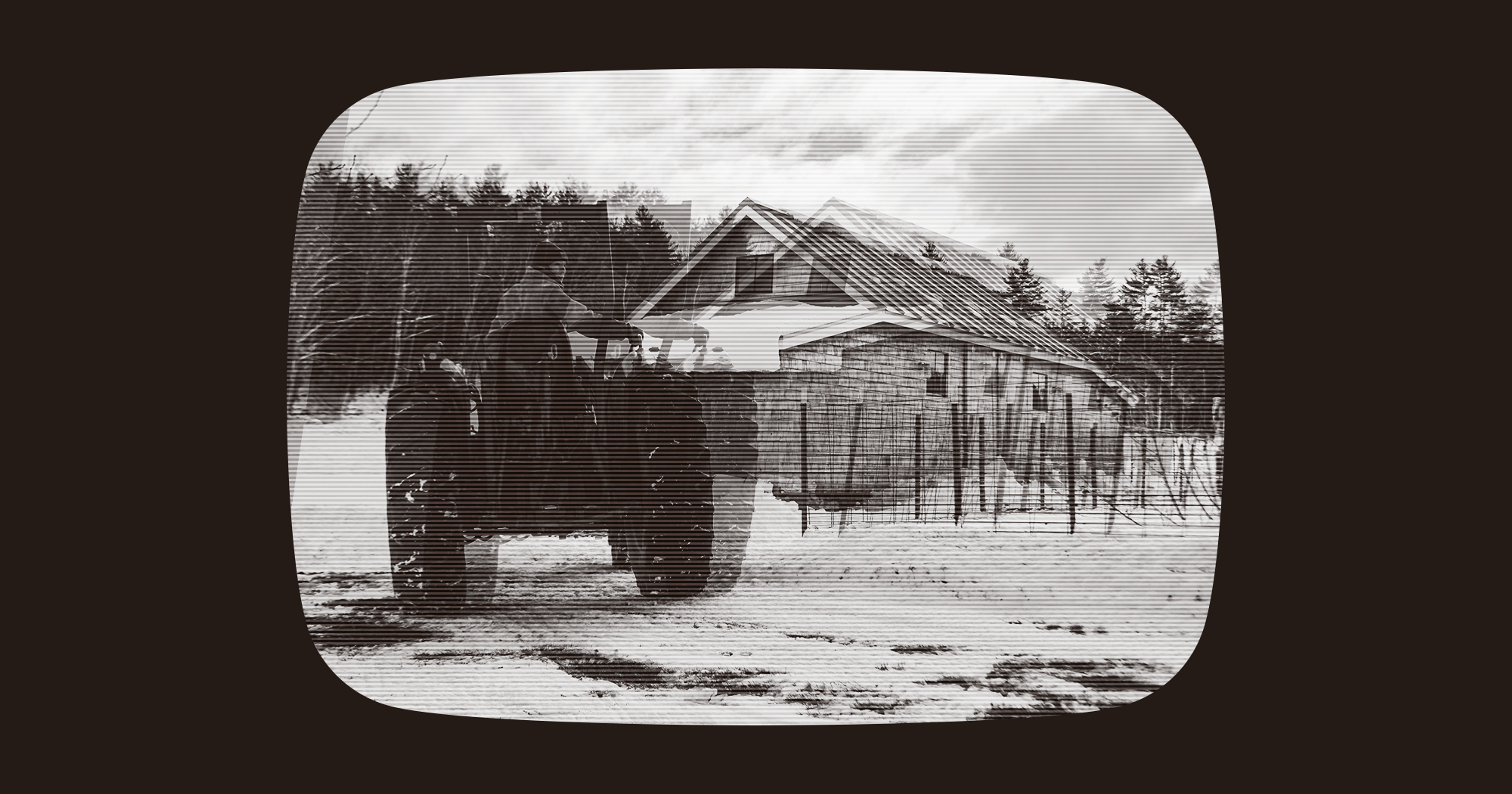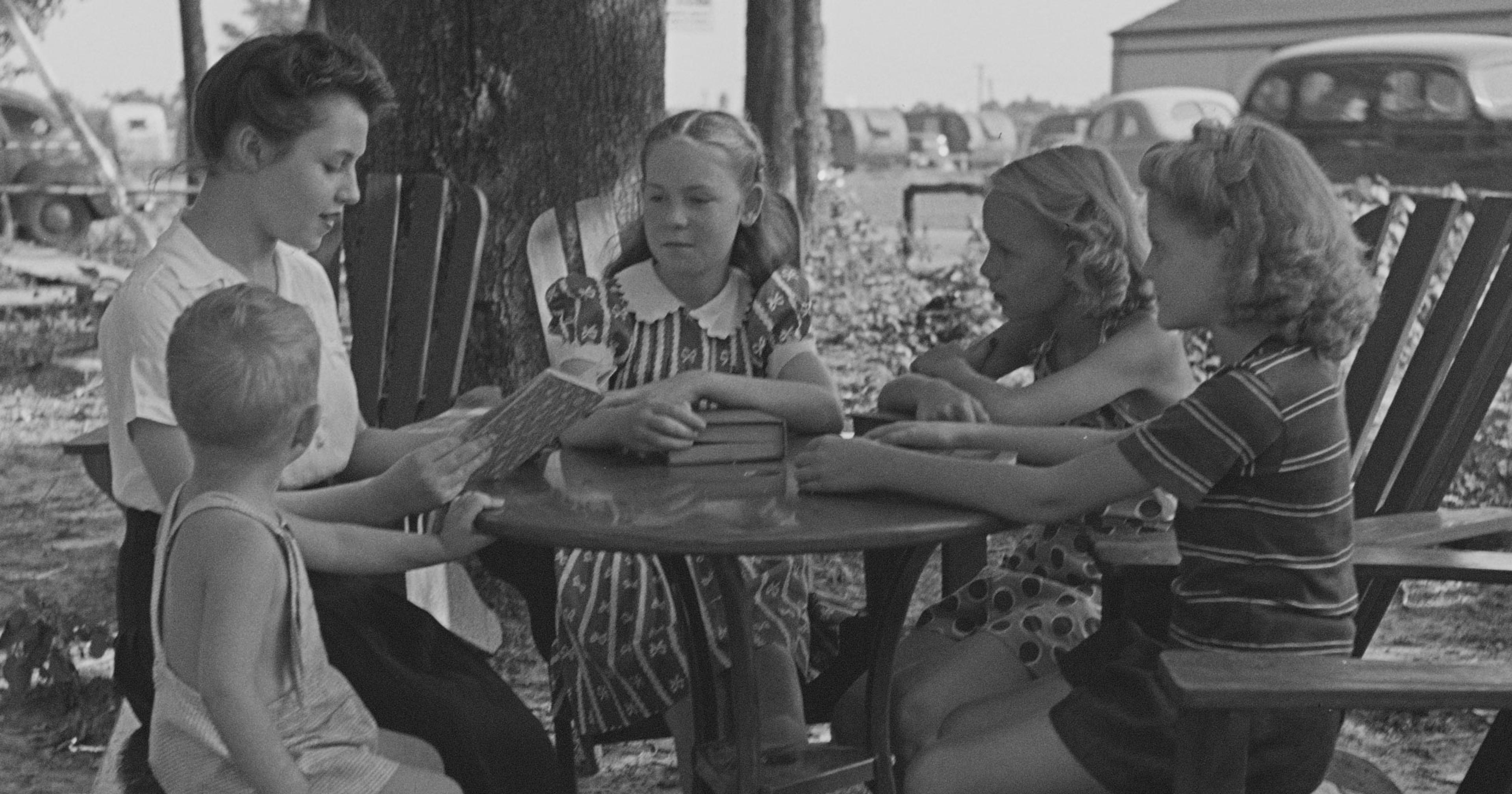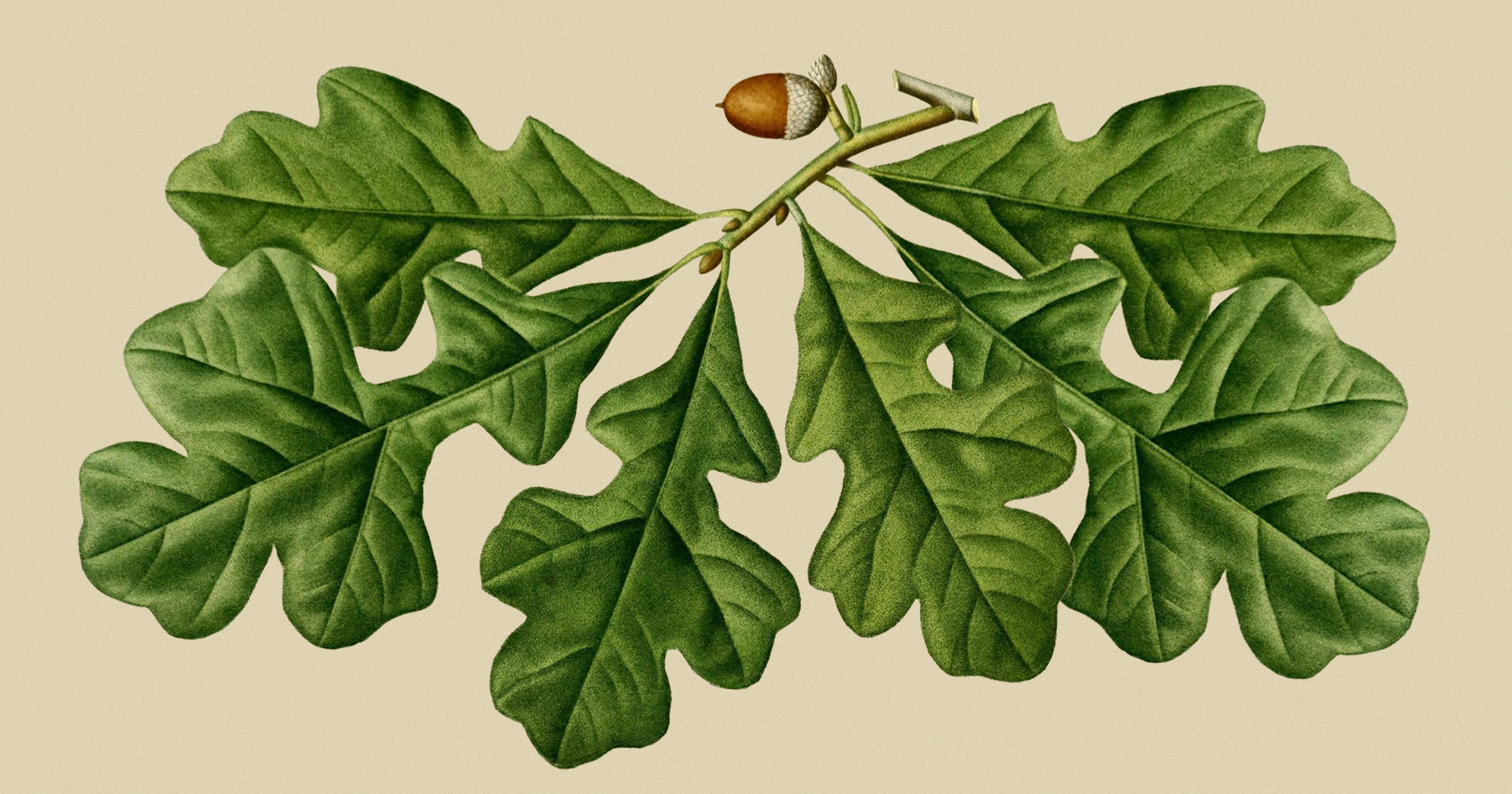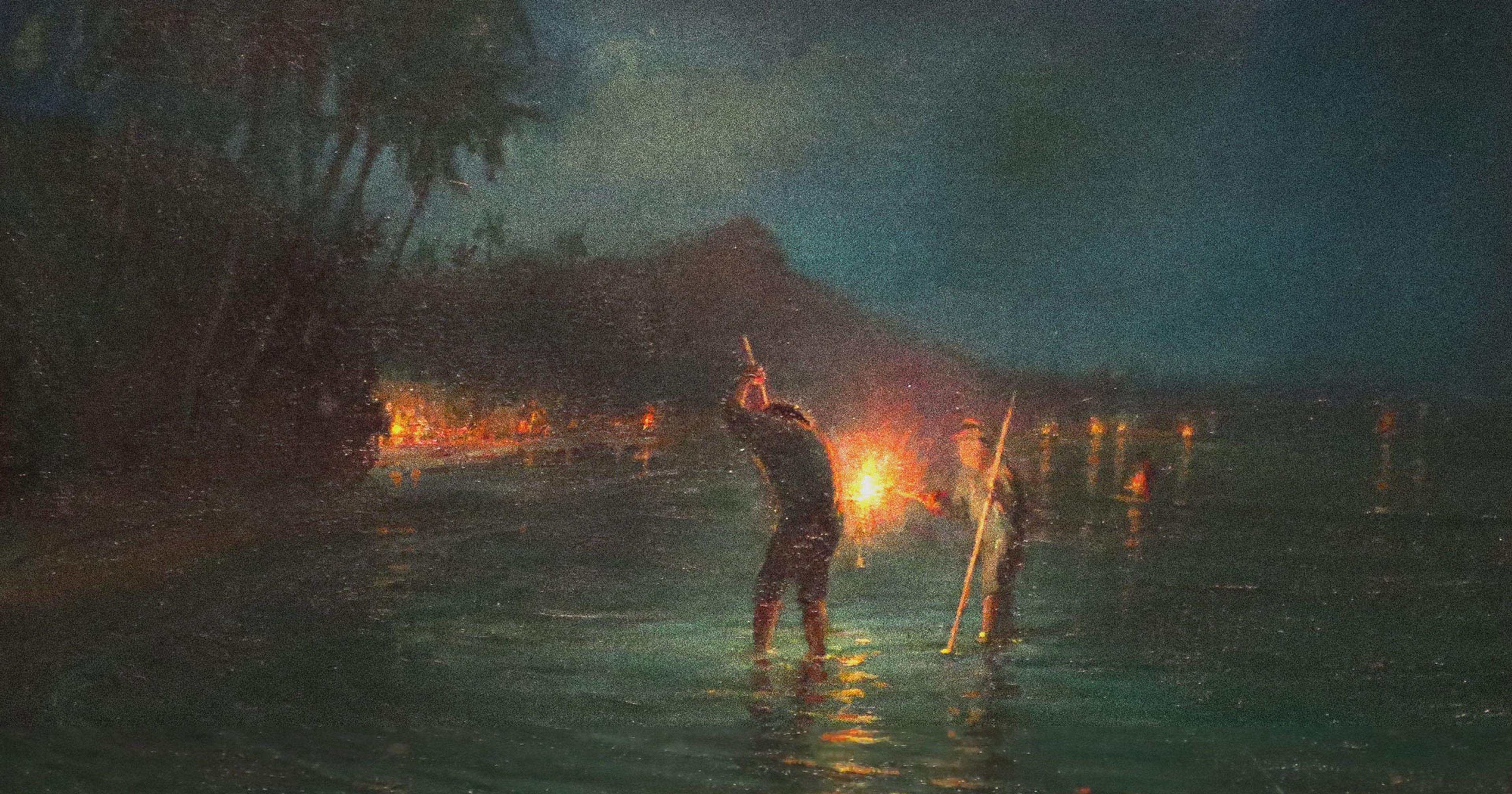Romance novels have long used farms and farmers as their themes — what’s the enduring appeal? Hint: It’s more than rugged studs in cowboy hats.
Consider this plot: Two people meet. Sparks fly, they have sex on a haystack, and the main character renounces city life for a perfectly actualized farm existence.
This, give or take a few details, is a common premise for an enduringly popular strain of romance novels that features farmers, ranchers, and cowboys as love interests. In the world of romance, farm backdrops serve as a seemingly limitless font of heart-stirrers.
Take it from Nora Stephens, fictional heroine of Emily Henry’s self-referential Book Lovers. On the first page, she complains about this very trope. It begins with city people going to “Smalltown, USA” to “run a family-owned Christmas tree farm out of business to make room for a soulless corporation.” Then, destiny intervenes in the shape of the farm owner, who is “ridiculously attractive and suitably available for wooing.” They get together, and the farm triumphs over nefarious corporate forces.
Henry is among the authors driving the recent boom of romance novels in the United States. Since 2020, she has sold 7 million books, while romance book sales as a whole doubled from 18 million that year to 36 million in 2023. Part of what draws readers to contemporary romance is that writers often approach tropes with a level of self-aware cleverness. In Book Lovers, for example, we see Nora Stephens landing in a small town despite her misgivings. Her love story threads in and out of farm romance tropes, before — spoiler — she finds a happy ending with a fellow grumpy New York literary agent who grew up on the town’s horse farm.
But this is an old story dressed up in new costuming. The apotheosis of this sub-genre might be the grocery store romance that shoppers can pick up alongside their weekly provisions. A hunk with a cowboy hat, sporting an unbuttoned shirt that reveals impossible-without-steroids abs, usually gazes off into the middle distance on the cover. Optional add-ons: cowboy boots with spurs, horse reins loosely clutched in his weathered but muscular hands.
When Nancy Cook, professor emeritus of literature at the University of Montana, was researching romances set on Montana ranches, she had to visit supermarkets for her fieldwork. “‘Romance novels set in Montana’ is not a Library of Congress classification search term,” she said. She added that they were “ephemeral,” usually appearing at grocery stores for three weeks to a month before simply disappearing.
That romance novels are sold at grocery stores is not a coincidence. Romance publisher Harlequin, founded in Canada in 1949, pioneered this strategy in the 1970s. Under the leadership of Larry Heisey, who had previously worked as a marketer at Procter & Gamble, they decided to market romance novels the same way as detergent — at supermarkets. Bundled into deals with grocery products, Harlequin soon boomed. Today, “Harlequin” is easy shorthand for a racy romp.
In her research, Maryanne L. Fisher, psychology professor at St. Mary’s University, analyzed patterns in nearly 24,000 Harlequin Romance titles. After “doctor,” she was intrigued to discover that “cowboy” was the most common profession in the genre. Fisher believes this comes down to the cowboy representing “someone that’s independent, attractive, athletic.” She also looked at book covers, discovering that even if the main character is a farmer, they will probably be wearing a cowboy hat. The hat proves a durable symbol for rugged self-sufficiency, ripe for romantic conversion.
“‘Romance novels set in Montana’ is not a Library of Congress classification search term.”
Farm romances work off of myths that are deeply embedded in the U.S. cultural imagination. In these novels, farms exemplify wholesomeness, places where the trappings of modern life have not quite reached and neighbors still help each other out. As K.L. Noone, queer romance novelist and English professor at Irvine Valley College, said, “There’s a real sense of nostalgia to it, that sense of something that’s personal, that you’ve worked on this land, you’ve grown these carrots.”
Otherwise, they gesture towards the myth of the lone ranger, riding free and independent in the big-skied west — a primordial expression of the American dream. In the edited volume All Our Stories Are Here: Critical Perspectives on Montana Literature, Cook writes that romance novels “maintain and promote the West as a mythic and fantasy space, a pastoral world where intricate social constructs identified with urban culture have been sloughed away, revealing an essential West and an essential character.”
The mythology of freedom can afford characters the room to explore desires that would otherwise be impossible. In the ubiquitous 2005 film Brokeback Mountain, for example, two cowboys in 1960s Wyoming fall in love amid the rugged, untested landscape. Cook also mentioned the historical lesbian romance Montana Feathers by Penny Hayes. “The big open spaces, big ranches, create a safe space and there’s a sense that with all this land around them, there’s some privacy and a space to enact desire,” she said. “The book, by having her come from the straight world, is having her give up a restrictive life that’s not just about her sexuality. It’s about the West as a place where one’s full personality can be expressed, whereas somebody who’s wearing corsets from Boston can’t express [themselves],“ Cook continued.
The romantic tension frequently exploits the insider-outsider dynamic, with the reader typically approaching rural life through the outsider’s lens. Even Farmers Only, a popular dating app for farmers, plays off this dynamic in its marketing. “There are basically two groups in America,” they write. The first “revolves around five dollar lattés, riding in Ubers, and getting ahead at all cost.” The second “enjoys blue skies, living free and at peace in wide open spaces, and appreciating nature.” Romance novels bring these groups together.
According to Cook, “A lot of people in the world outside the novels think that rural ranching and farming communities are very closed communities, and part of the work that these novels do is that — whether it’s realistic or not — they create a blueprint for how someone can enter that community and make it home. And I think that’s really important cultural work.” With readers of romance in on the conceit, the community expands a little wider.
“Rural ranching and farming communities are very closed communities, and part of the work that these novels do is that — whether it’s realistic or not — they create a blueprint for how someone can enter that community and make it home.”
A key element of farm romance is often the love interest’s tenderness despite their physical strength. “Even though they’re extremely strong and have the ability to be aggressive, they’re not,” Fisher said. “They care deeply for their animals, they care deeply for the people that are around them.” According to Cook, there is a striking parallel between animal husbandry and human husbandry. “Why are we getting all of this detail about [how] this guy’s gentling a mare? Well, because the mare’s a lot like how he will be with a human,” she said.
This relationship between the hero and his environment reaches into the earliest works of English literature. “Something that you see in a lot of the Arthurian legends, a few of the grail quests,” Noone said, that nature serves an extension of the hero, and if he tends to it carefully, we know that he is virtuous and deserving of our sympathy as readers.
Later, Regency romances employ this conceit too. “There’s a problem with the estate, or a problem with scarcity of food,” she said. “It’s one of those — how you know a person is a good person: Are they a good landowner, are they responsible, do they take the time to go and fix a bridge or help their farmers with a field?”
Of course, as Cook said, “To some degree, all of these begin with a statistical improbability.” The trope has its own tradition separate from real life. She said that ranching and farming in North America now mainly consists of older people, a significant issue that many in the field are trying to remediate. It is even more unlikely to find young single ranchers, the kind that figure as the love interests in most romance novels.
In her Substack, Ballad of the Blue-Eyed Cowboy and Me, Jill Rothenberg writes about how she, a New Yorker who “will never ride a horse or eat meat,” fell in love with a Colorado cowboy. But he is a 58-year-old twice-divorced grandfather, a “solid oak tree,” who perhaps better represents current demographics than typical romance novel tropes.
“Why are we getting all of this detail about how this guy’s gentling a mare? Well, because the mare’s a lot like how he will be with a human.”
Cook used to belong to a group of ranchers that met up to counter isolation and provide each other with continuing education. “One of the biggest problems that would have sometimes devastating effects is the lack of communication, verbal communication,” she said. “These kind of lone people would try and solve their problems and they wouldn’t talk about it, they wouldn’t bring it into language.” Romance novels offer a counterpoint to that. And readers of these novels can surprise. Cook corresponded with cowboy romance novelist Anne McAllister, author of over 55 books, who told her that, “Bachelor cowboys read her novels and all kinds of people.” What’s more, in rural communities, romance novels can provide escape and even sex ed.
At The Ripped Bodice bookstore in Brooklyn this summer, there was an array of farm romances on display — reflecting their more recent visibility outside the aisles of a grocery store. There were classic genre titles like Julie Anne Lindsay’s Cider Shop Mystery series and Rebekah Weatherspoon’s Cowboys of California series. There were also romantasies, like Mary Warren’s A Highlander for Hannah and J.C. Cervantes’ The Enchanted Hacienda, which focuses on a magical family farm in Mexico.
Wider cultural trends impact the farm romance genre as well. To coincide with the release of Beyoncé‘s Cowboy Carter album in March, the bookstore curated a cowboy bookshelf with books by Elsie Silver and Lylah Sage. Bookseller Josie Fried noted, “You can find cowboys in historical, in erotica, in contemporary, even in fantasy, so that’s pretty cool.”
According to fellow bookseller Haruka Iwasaki, “it has to do with what we’re consuming in entertainment and how it translates to romance.” Farm weddings are lucrative business, while social media provides insight into wholesome farm prom-posals and curious spectacles like Ballerina Farm. Books pick up on the moment: In the Weeds, part of the Lovelight Farms series by B.K. Borison, centers on a social media influencer and farmer’s second chance at love.
“We need to believe … that there’s this beautiful place out there in Wyoming that we’ll probably never see, because it doesn’t exist.”
When it comes to movies, the Hallmark Channel famously runs on trope-driven romance. Mysteriously, farmers appear far less in Hallmark movies than in Harlequin novels. “We analyzed 537 Hallmark movie titles and we analyzed half that many movie posters,” Fisher said. “We did not find cowboys very often and we didn’t find farmers, ranchers, anything. That theme is really reduced.” She suggested that this is because it tends to have a more seasonal focus. Indeed, when the farm trope appears, it is chiefly through Christmas tree farms and farmers.
Although Hallmark is relatively light on farmers, agricultural systems are coded into popular period dramas like Bridgerton, which broke records to become the most in-demand romantic drama on TV this year. The main characters have lavish country estates that rely on tenant farmers. Here, the farmers exist primarily to advance the landowners’ romance. According to Noone, the show generally avoids mentioning, “where is this wealth coming from, where is the sugar coming from that goes into Penelope’s chocolate eclair. We’re in this fantasy where none of this seems to matter.”
Fisher pointed out how the sensory experience of growing up on a farm completely differed from the sensory experience in romance novels. “People in the city don’t understand what it’s like to get up, take care of your pigs in the middle of the night because they’re giving birth. They don’t understand what the smells are like, how absolutely exhausting it is to be hanging there,” she said. The reality of animal husbandry isn’t sexy. Some non-fiction writers have tackled this — for instance, food writer Rochelle Blow’s memoir, The Call of the Farm, exalts in the visceral sensory experience of farm life alongside romance.
But still, as Fisher added, maybe the romance genre provides a useful fantasy. “Most people I talk to, their romance life is a mess, it’s complicated,” she said. It’s true that human relationships, with each other and with our food systems, are often messy. In farm romances, this jumble exists to serve the happy ending. “We need to believe … that there’s this beautiful place out there in Wyoming that we’ll probably never see, because it doesn’t exist,” Fisher said.










